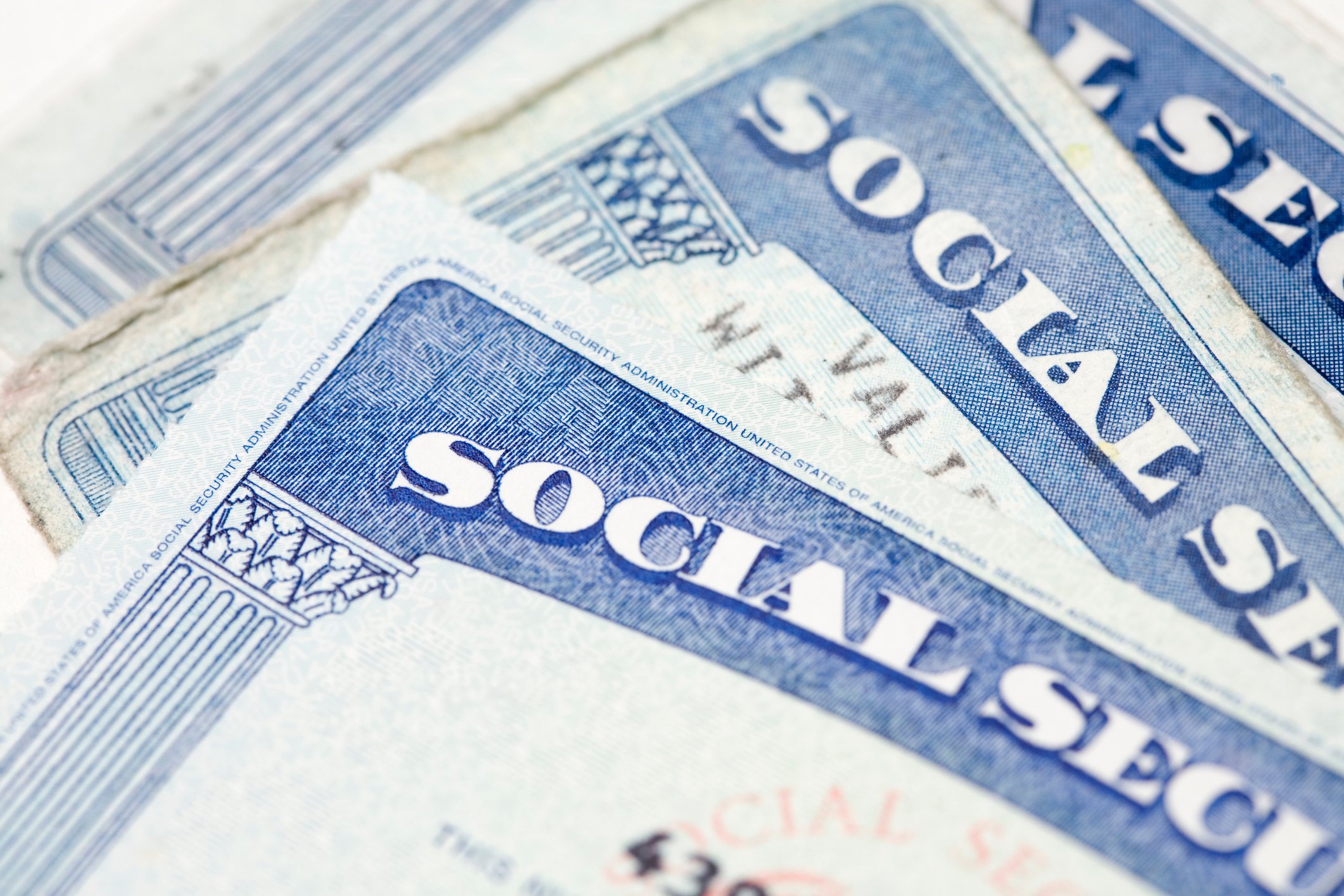
Image source: Getty Images.
Gen X'ers, born between 1965 and 1984, are in their 30s and 40s, and many have not given much thought to retirement. That's a mistake, even for the youngest among them.
Here are three critical things Generation X'ers need to know as they go about their retirement planning. One or more of these tips can put you on much more solid financial footing, too -- no matter your age.
1. Get started now!
Selena Maranjian: One thing that many young Gen X'ers mistakenly assume is that there's no reason they need to rush into saving for retirement. That certainly seems reasonable; after all, for many of them, retirement is 30 or more years away! But that's exactly why they should try to sock away as much as they can as soon as they can -- because they're in a position to take advantage of a lot of time.
Check out the table below, and you'll see what I mean. It shows how much a single, one-time $5,000 investment or $10,000 investment will grow over time if it averages 10% growth annually:
|
In This Period, Growing at 10% Per Year... |
$5,000 Becomes: |
$10,000 Becomes: |
|---|---|---|
|
5 years |
$8,053 |
$16,105 |
|
10 years |
$12,969 |
$25,937 |
|
15 years |
$20,886 |
$41,772 |
|
20 years |
$33,637 |
$67,275 |
|
25 years |
$54,174 |
$108,347 |
|
30 years |
$87,247 |
$174,494 |
|
31 years |
$95,972 |
$191,943 |
|
32 years |
$105,569 |
$211,138 |
The table is rather revealing in several ways. For starters, see how powerfully your money can grow over time. The initial totals aren't that impressive, perhaps, but after a bunch of years, your modest one-time investment turns into significant sums.
Note, too, by the later years, how much difference a single additional year can make. You have the power now to tack on an extra year -- by starting to save and invest for retirement this year instead of next. The table also shows how powerfully money can grow over relatively few years, too.
The results can easily be far more eye-popping -- if you make not just a single one-time investment, but many regular ones. If you sock money away aggressively while you're still relatively young, you're putting your most-powerful dollars to work. Keep it up, and you may be able to enjoy an early retirement, or just an extra luxurious one.

When it comes to retirement contributions, take it to the limit. Image source: Pixabay.
2. Max out your contribution limits for retirement plans
Brian Feroldi: The first wave of Generation X'ers will be reaching retirement age in a decade's time, which means that they should be in their peak earnings years right now. That means that their primary financial focus should be to build up their nest eggs as much as possible while they can, to help ensure they enjoy a comfortable retirement.
One of the smartest ways for members of this generation to do so is to max out their contributions to tax-advantaged retirement plans. Doing so will not only turbocharge their savings rate, but it could also help to lower their tax burdens.
The two most-popular tax-advantaged retirement accounts are the 401(k)/403(b) and IRA, so it's important to know the contribution limits for each.
If you have access to a 401(k) or 403(b) through work, then you can contribute up to $18,000 for 2016. If you're over age 50, as some Generation X'ers currently are, then the IRS allows for a catch-up provision that lets you put away an extra $6,000 per year. The limit for a traditional or Roth IRA is $5,500 per year, but if you're older than 50, you can stock away an extra $1,000.
Generation X'ers who have the financial flexibility to max out both of these accounts each year will be taking a huge step toward securing a comfortable retirement.

Image source: Pixabay
3. Consider a Health Savings Account
Brian Stoffel: A Health Savings Account (HSA) is the most-underappreciated retirement tool available. Per the current rules, if you have a health insurance plan with a deductible of at least $1,300 ($2,600 for families), and an out-of-pocket maximum of $6,550 ($13,100 for families), you can open an HSA.
The tax benefits are threefold: All of your contributions are tax-deductible, all of the growth that occurs is tax free, and any disbursements are untaxed as long as they're for qualifying medical expenses. In 2016, you're allowed to put away up to $3,550 ($6,750 for families) into your HSA.
Because healthcare costs are one of the biggest concerns for soon-to-be retirees, there's obvious appeal to contributing to your HSA. Even if you reach 65 years of age and realize that you don't want or need to use the money for healthcare costs, you won't owe the 20% penalty that applies before that age. You will, however, have to pay standard income taxes on the disbursements. In effect, that makes it the same as a Traditional IRA.
Whether you're a Generation X'er or not, it's worth taking a close look at your financial future, and how on track you are to meet your future needs.





